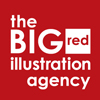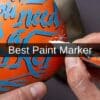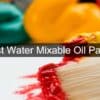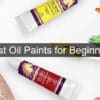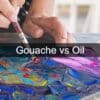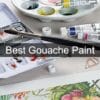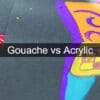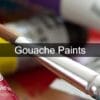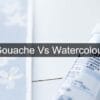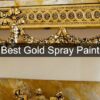Gouache vs Acrylic

The difference between gouache and acrylic paints
Acrylic paints
Acrylic paint and gouache paint, have an incredible texture that is super satisfying for anyone to play or work with.
Right off the bat, the application and mixing process is one that people love already, and the end results of the application are even better.
While fundamentally they are both watercolor paints to an extent, they do have quite the discerning factors for usage, finish, and application. Like a watercolor painting, you use water in acrylic and gouache to thin and apply the paints to a surface.
Once applied you can further investigate how each of these mediums behaves. While the gouache dries to leave a matte finish, the acrylic painting leaves a polymer which is a plastic-like finish. Unlike watercolor paintings, you will not be able to rewet the acrylic media and make changes once set on the surface.
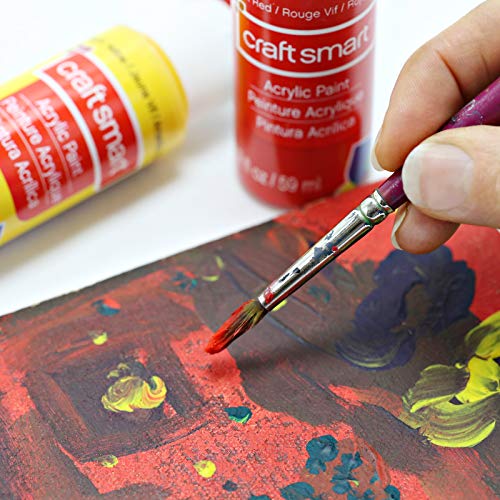
Acrylic paints generally all use the same binder in their ingredients so in most acrylic paint cases you will not be able to modify once the paint is set and the water is evaporated. Acrylic paint once dried is waterproof as it uses a plastic binder, unlike gouache.
Acrylic paint like water-based paints uses water as the vehicle or medium to transport or make the paint malleable to apply on any surface. If watercolor is your primary painting style then working with either acrylic or gouache as a matter of fact is not going to be a problem.
Professional artists often times use a singular painting medium to define their style, however, that is not to say they do not use anything else in their painting project. Fine art consists of incredible variety and versatility.
The only caveat to using acrylic as opposed to gouache paint is that once it’s set, it is not advised to try and modify or rewet the paint as you will be left with nothing but a mess. Thus the key difference between gouache and acrylic.
Additionally, if you would like the best of both worlds, you are free to use a mixture of both gouache and acrylic paint in your works. The combination of these two in watercolor is not uncommon as artists use a combination of both these paints, when mixed together they are called acrylic gouache paint.
The acrylic gouache paint has the best of both worlds when worked with. You will get results that lie between a gouache painting or an acrylic painting with a beautiful quick drying matte finish with a flat finish.
This mixture also makes the gouache waterproof as the acrylic polymer emulsion is being added. This, however, allows for both thin layers and thick layers of paint on the watercolor paper or whatever surface is applied.
If you are not a fan of the traditional gouache paint finish you are free to experiment with acrylic gouache to boot. You will get the opaque watercolor regardless of the gum arabic in the gouache being overpowered by the polymers present from the acrylic paint.
Both gouache and acrylic are water-soluble, thus the other ingredients do not matter while being mixed. Gouache acrylic paints dry quickly however so caution is advised when working with this mixture. Dry acrylic paint cannot be modified and is not water-soluble once dried.
Unlike traditional gouache, you can use only a little water to go ahead and make your paint dry a little translucent as opposed to thinning it a lot with water. Water based paints can usually be rewetted to modify or alter once dried
The surface is turned water-resistant when set, and the matte opaque paint will hold regardless of what is being put on, however, this allows for more acrylic layers on top of the already dried opaque watercolor and since they are water-resistant you will not have to worry about damaging whats underneath. The thick layers of paint will protect the paper as well.
Watercolor artists prefer acrylic medium to paint for its matte surface and vibrant colors and the fact that acrylics dry quicker to allow previous layers to be untouched since the acrylic binder is water-resistant upon drying to create thicker layers or different layers.
Recommended read: Best Acrylic Paint for Beginners UK
Gouache paint
Among paint types, gouache is seconded to be one of the most popular water-based paint you can find in your local arts and crafts store. While acrylic paint is similar to the finish of oil-based paints, the consistency of gouache is a dry paint but also very similar to oil mediums too.
Gouache paint has a beautiful creamy texture and is one of the most satisfying paint types to mix with. However, a point to remember is that between acrylic and gouache paint, the colors can shift as the paint dries. When it comes to gouache the lighter colors dry darker and the darker colors dry lighter.
Gouache paintings usually require framing to protect them from dust or water damaging the end results. Unlike acrylic paint and oil paints, gouache is not water-resistant. Traditional gouache acts differently from acrylic paintings even though they both are used in watercolor painting.
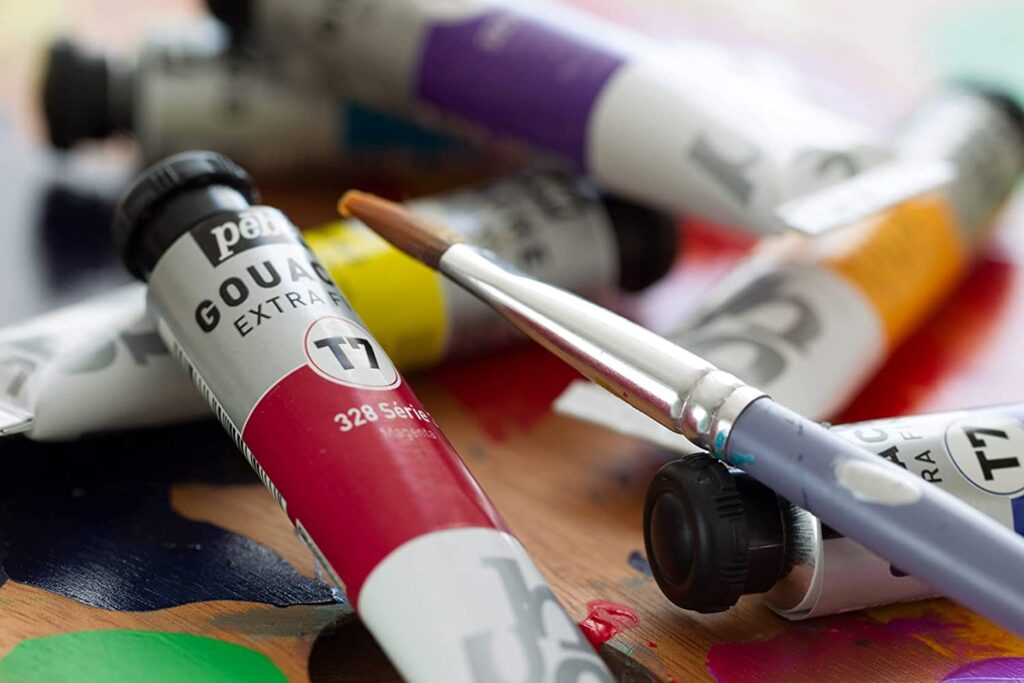
Artists absolutely love the paint consistency, gouache has to offer. All traditional gouache paints have the same texture and matte finish. When talking about both acrylic and gouache paint, while they are both water-soluble they act extremely different in terms of drying and consistency.
Gouache watercolor has a more creamy consistency when worked with but can be thinned out with water if desired. In terms of texture, gouache does not have any except the texture of the possibly toothy paper or illustration board.
Gouache is ideal for surfaces of illustration boards, watercolor paper, bristol or other thick paper as the medium of paint is water and you wouldn’t want your paper to be destroyed as you work. Illustration board paper is also great for gouache and other fluid acrylics or watercolor paint as they are able to withstand the water.
Watercolor paper is always great to have as they are of the perfect thickness and unless you drench the paper in the water you should be good. Gouache watercolor while water-soluble uses gum arabic as its binder, allowing it to be reworked once set on paper, unlike oil mediums which are dried for good.
Gouache is especially good for artists that have an affinity to create soft edges and blend more often in their projects. The key difference between gouache vs acrylic paint is the fact that once gouache is set you can modify it as you would with conventional watercolor paint and gouache paintings, however, you cannot do the same to acrylic paintings.
Along with the great reworkability, you get from gouache, you also get this incredible matte finish. The gum arabic present in the gouache is responsible for this. This binder can be re moisturized to be worked on again.
The caveat is that once you are completely done with your watercolor painting, you will need to protect the painting as it is not water-resistant like an acrylic painting. Your gouache painting will need to be framed behind glass or any other protective film if you want your paintings to last.
Additionally, while gouache paints are way more opaque than conventional mediums of paint, they are not quite as brilliant as transparent pigments. Apparently, the opacity of the opaqueness can give the gouache paint a slightly milky or dull appearance.
You are able to acquire fluorescent pigments for gouache that do not feature this dull or milky sort of dry finish. You have the option to try and find paints that contain natural pigments as well to ensure the vibrancy of your colors.
Gouache and acrylic paint are both great mediums to work with but both of them have their drawbacks.
Gouache VS Acrylic : The consistency
In terms of consistency, acrylic paints usually have a wide range of options available. Starting from acrylic inks to acrylic paints or pastes. Gouache has the satisfying consistency of a pastey but thin kind where you are able to easily press down and manipulate with a palette knife.
While the difference between gouache and acrylic in terms of consistency isn’t all that since they are both watercolor paints that are water-soluble. They can easily be worked with a normal paint brush or a palette knife.
Gouache can easily be thinned with more water as would acrylic paint would too so the difference is not much between the two. Whether you enjoy gouache painting or working with acrylic paints, it boils down to simple preference.
Gouache VS acrylic paint: The finish
The finish is the key difference between gouache and acrylic paints. With gouache paintings, you are free to rework to your heart’s content once the paint settles as you would with watercolor paints.
It is a different case with acrylic paints or acrylic gouache. Once they set in, the water evaporates, leaving the acrylic polymer to harden, creating this hard plastic-like finish. While it is water-soluble while application, it is water-resistant when dry.
While acrylic polymer is preferred to ensure your paintings don’t get damaged it has other benefits as well, including easy layering. You can let your paint dry and work on previous layers without any worry of damaging the paint as the paint had already been set.
Gouache on the other hand will bleed into the previous layers and cause a conflict between blending colors. Acrylic gouache however allows you to be worry-free about this. You can alternate between thin layers and thick layers with acrylic paint.
In the final question between gouache vs acrylic, you can not really say one is better than the other as they have their own discerning factors making them individually fun to work with. Acrylic paints dry quickly while gouache paints take a little extra time to do so.
Conclusion
The conclusion we can draw from the text above is that acrylic paint and gouache paints are that despite both being water-soluble they have a few discerning factors that allow them to be unique to themselves while offering a different experience with each of the mediums.
While the question of gouache vs acrylic paint remains unanswered we know what the dos and don’ts are when it comes to each of these paints be it used as poster paint or normal painting.
FAQ
Can I use acrylic and gouache together?
When it comes to using both you are free to do so and the mixture of both is called acrylic gouache.
This option allows you to skip over the gouache vs acrylic debate and enjoy the best of both worlds.
While working with acrylic gouache, you do not have to worry about damaging the painting or framing it correctly as the acrylic polymer present in the acrylic gouache will ensure that they last against the test of time.
There will not be any reworking or dust settling once the acrylic gouache sets on top of the surface.
Do professional artists use gouache?
Professional artists love using gouache for the beautiful opaque finish it offers and the reworking abilities it offers.
Ideally, gouache is also an extremely versatile medium of watercolor paint that professional artists and amateur artists enjoy working with.
Affiliate Disclosure
In compliance with the FTC guidelines, please assume the following about all links, posts, photos and other material on this website: Any/all of the links on this website are affiliate links of which The Big Red Illustration Agency receives a small commission from sales of certain items, but the price is the same for you. www.bigredillustrationagency.com is a participant in the Amazon Services LLC Associates Program, an affiliate advertising program designed to provide a means for sites to earn advertising fees by advertising and linking to Amazon.com & Amazon.co.uk. Pages on this site may include links to Amazon and its affiliate sites on which the owner of this website will make a referral commission.
FULL TERMS HERE Cookie preferences: cookie preferences

Written By Adam Rushton
Adam has made a name for himself in the illustration industry and is a passionate blogger and writer on the subject of art, illustration and graphic design.
His artwork has been featured in countless publications and used for very well-known media projects. As a professional illustrator for over 20 years, Adams media outlets, a wealth of knowledge, and experience enable him to consult and advise artists and illustrators in this country (from York and Manchester to Southampton and London) and all over the world.
